Mobile commerce apps are the key to helping restaurants, retailers, and other local businesses offer online pickup and delivery services. But payment can be a sticking point for customers when shopping online, so when developing an app for your business, providing the best options for payment will ensure that customers are always able to pay how they want. Trends in payment are constantly evolving, so apps need to cover a wide range of solutions.
Payments accepted for eCommerce include the following types:
- Cash on delivery: the order is placed online, and payment is given in cash or by credit card by the customer at the time of delivery.
- Credit/debit card payment: The shopper’s credit card information is entered at checkout to pay the full cost of the order.
- Mobile/digital payment: Payment apps and services such as PayPal and Apple Pay. Payment is completed by authorizing payment through the third-party service, which then completes the transaction.
- In-app mobile wallet: eCommerce platforms may offer their own mobile wallet where customers can transfer money from other sources to a wallet and then pay directly from it. Store credit may also be added to a mobile wallet.
Which Payment Types are Most Popular?
Cash-on-delivery has been a traditional payment method for restaurant delivery, and in some countries it is more common due to the lack of adoption of credit cards and electronic payments. Third party apps such as DoorDash support COD as well. As such, it’s important for many apps to offer COD.
However, during the pandemic it was significantly limited due to shifts to contactless payment. In India, where COD once made up 60% of eCommerce in 2016, the pandemic furthered an ongoing decline, with a drop from 41% to 28% in the first months of the 2020 pandemic, according to the consulting firm RedSeer. Contactless orders should disable COD payment options.
Payment trends in eCommerce reflect the popularity of different methods. According to a 2019 JP Morgan study, the breakdown of eCommerce payment methods in the US was as follows: 47% by credit/debit card, 28% by digital wallet, 9% by bank transfer, 7% by cash, and 9% by other methods. This varies by country and age; in some countries cash and non-bank digital payments are both more popular in comparison to credit cards and bank transactions. Younger generations prefer digital payments and debit cards to credit cards and cash; 80% in the US use debit cards compared to 56% for credit cards. Businesses should keep in mind their target audience when considering which methods to prioritize. Expanding to new countries should also come with implementing payment gateways that can support the most popular transaction methods in those nations.
Read also: The Future of Facial Recognition for POS and Payments
Getting Consumer Trust in Payments
Customers will gravitate towards the method that is most convenient to them while offering security. Cash-on-delivery may be more convenient and secure since the customer doesn’t need to give away financial information online. Credit card information is inconvenient to enter repeatedly, but can be saved for repeat purchases. Online credit card payment is considered less secure due to being a ‘card not present’ transaction compared to in-person payment.
Digital payment options are more secure and are still growing in use- a study estimated that 52% of eCommerce transactions will be through mobile wallets. They have been slower to be adopted in North America compared to Asia and Europe, but they have seen more growth from younger people.
Security is important to all customers and it’s a necessary hurdle to getting new customers to download and pay through an app. Implementing a payment gateway that can accept multiple payment types and process payments quickly will let customers pay the way they want. It also helps the business receive payments quickly and , as well as fighting fraud and addressing customer support situations such as returns and refunds. When developing your own mobile commerce app, plan for the payment solutions that your customers need.
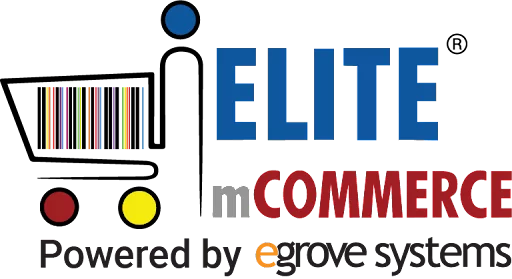
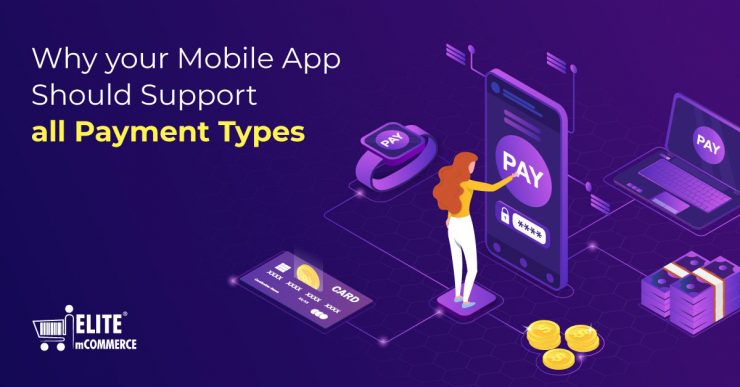



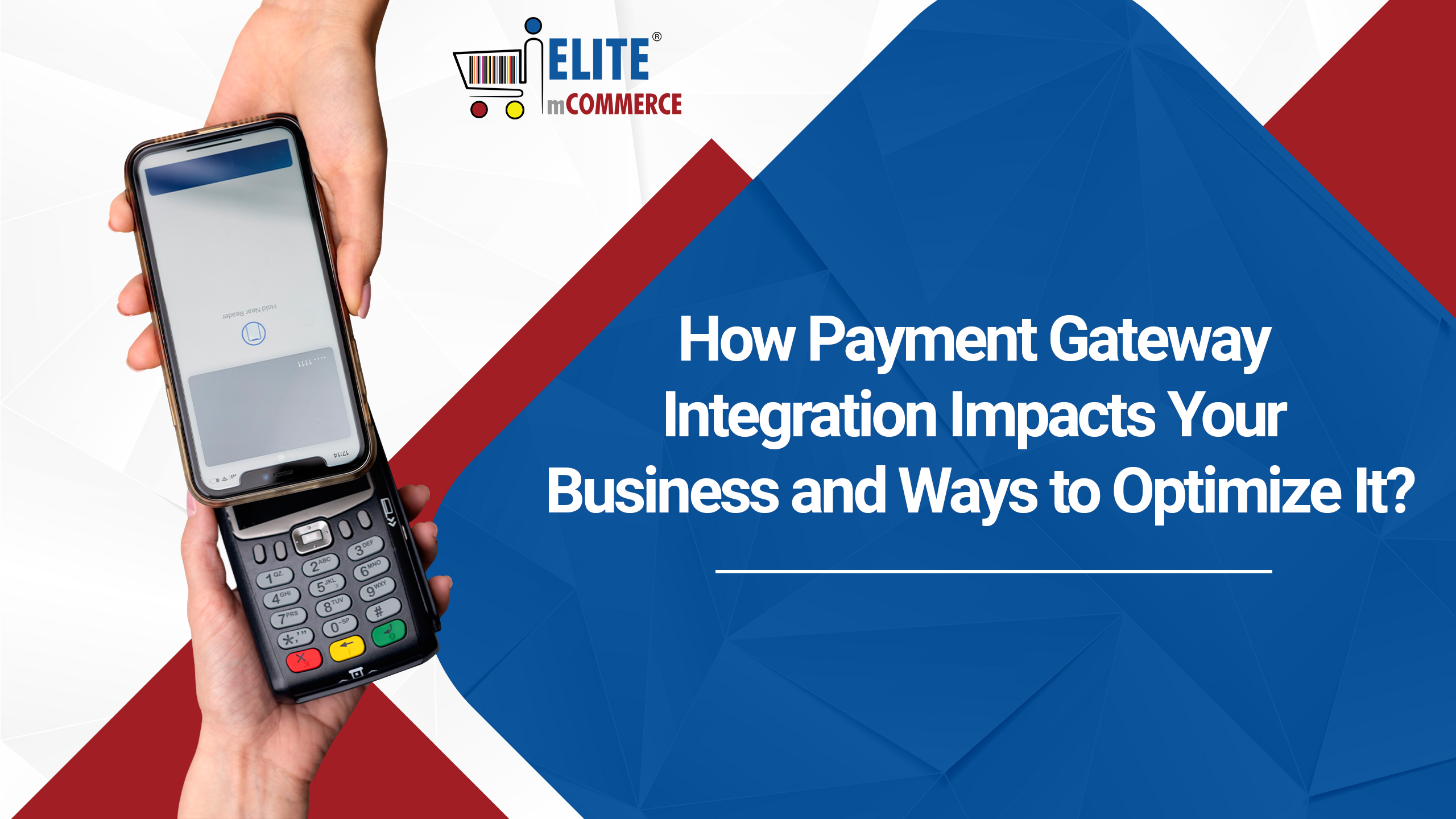

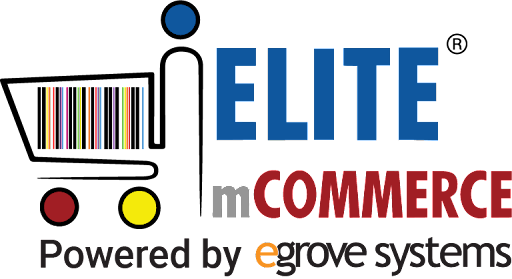
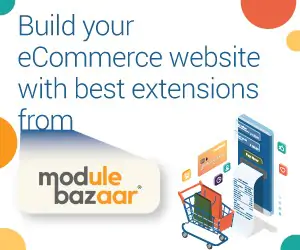
Add comment